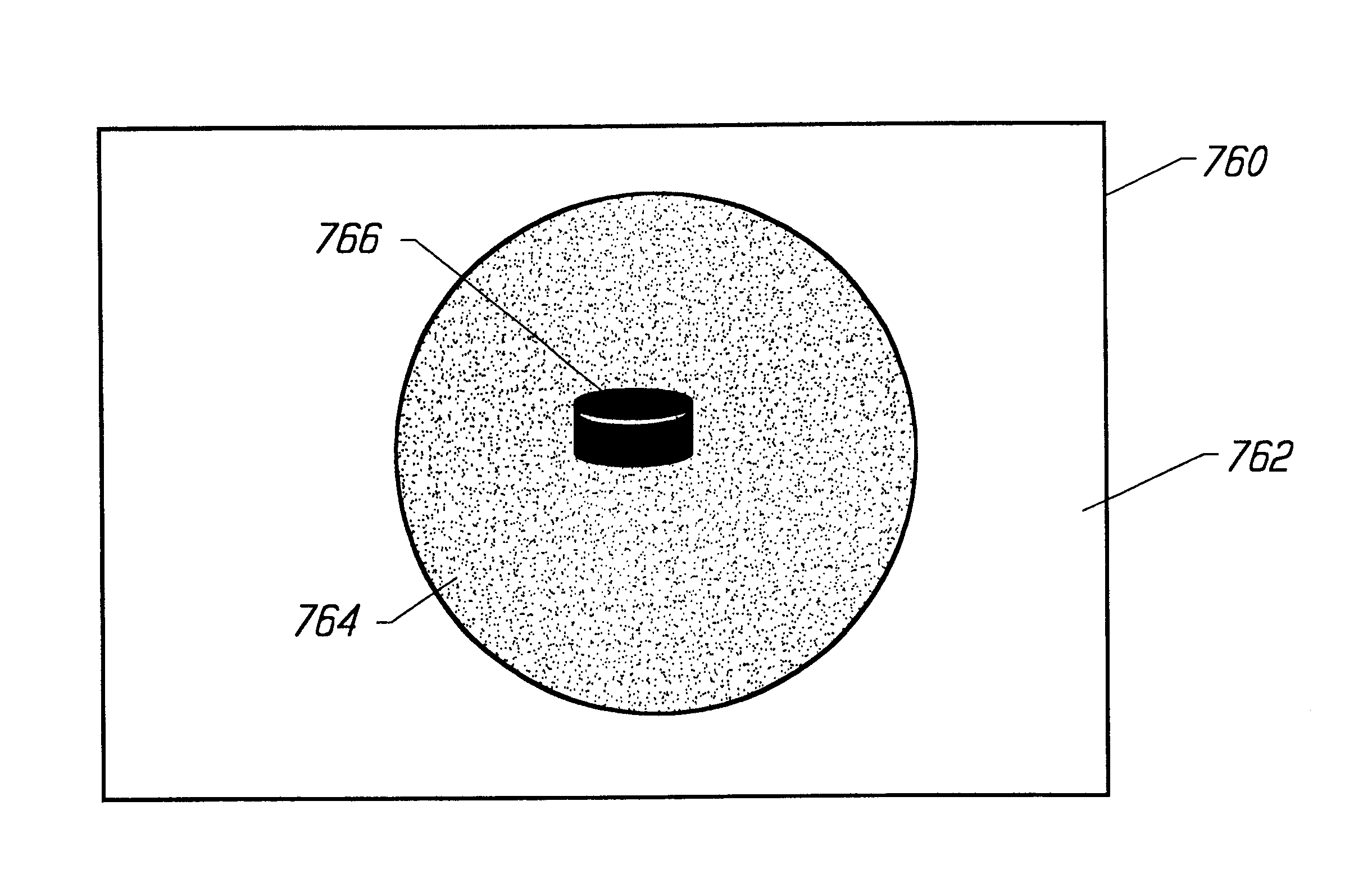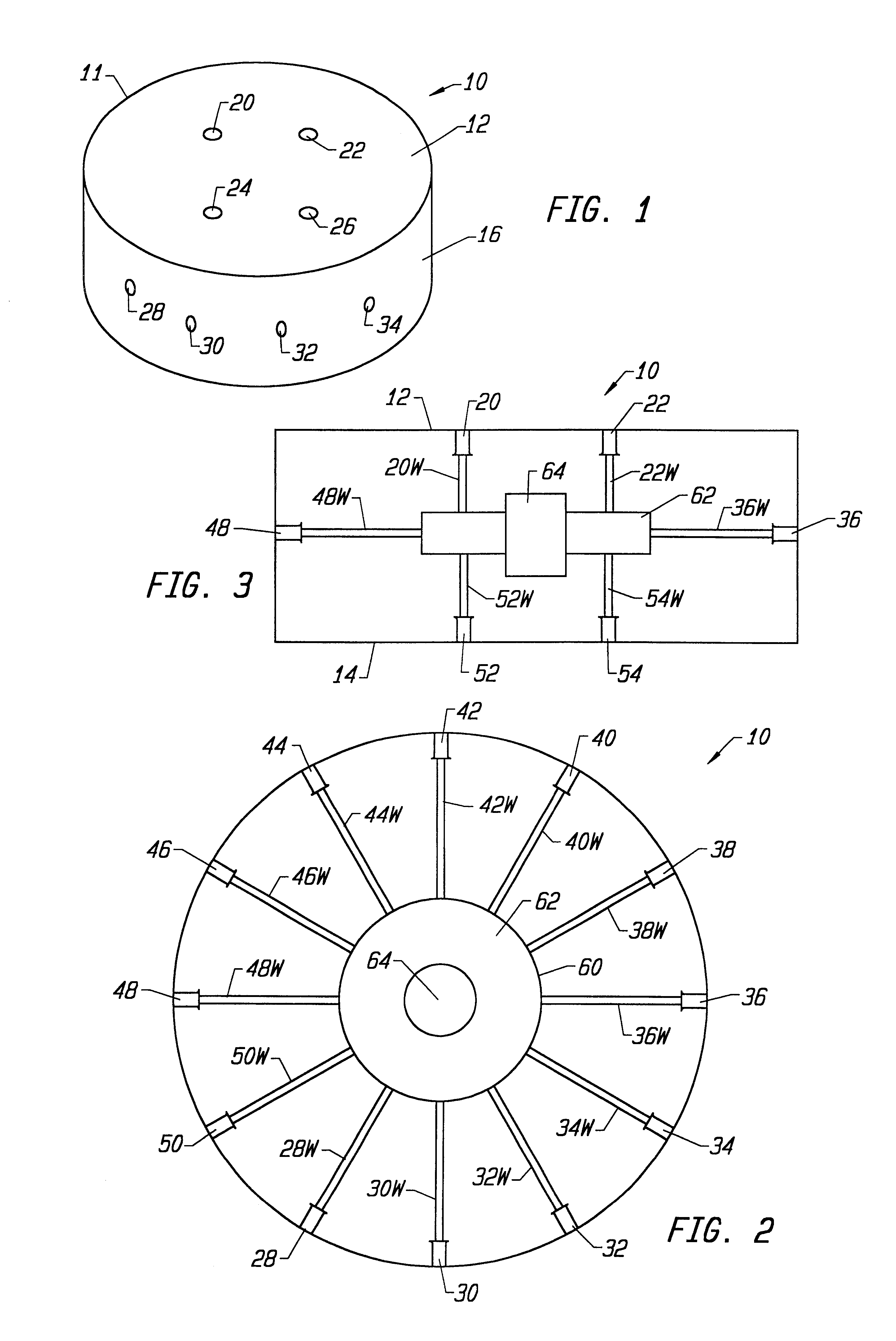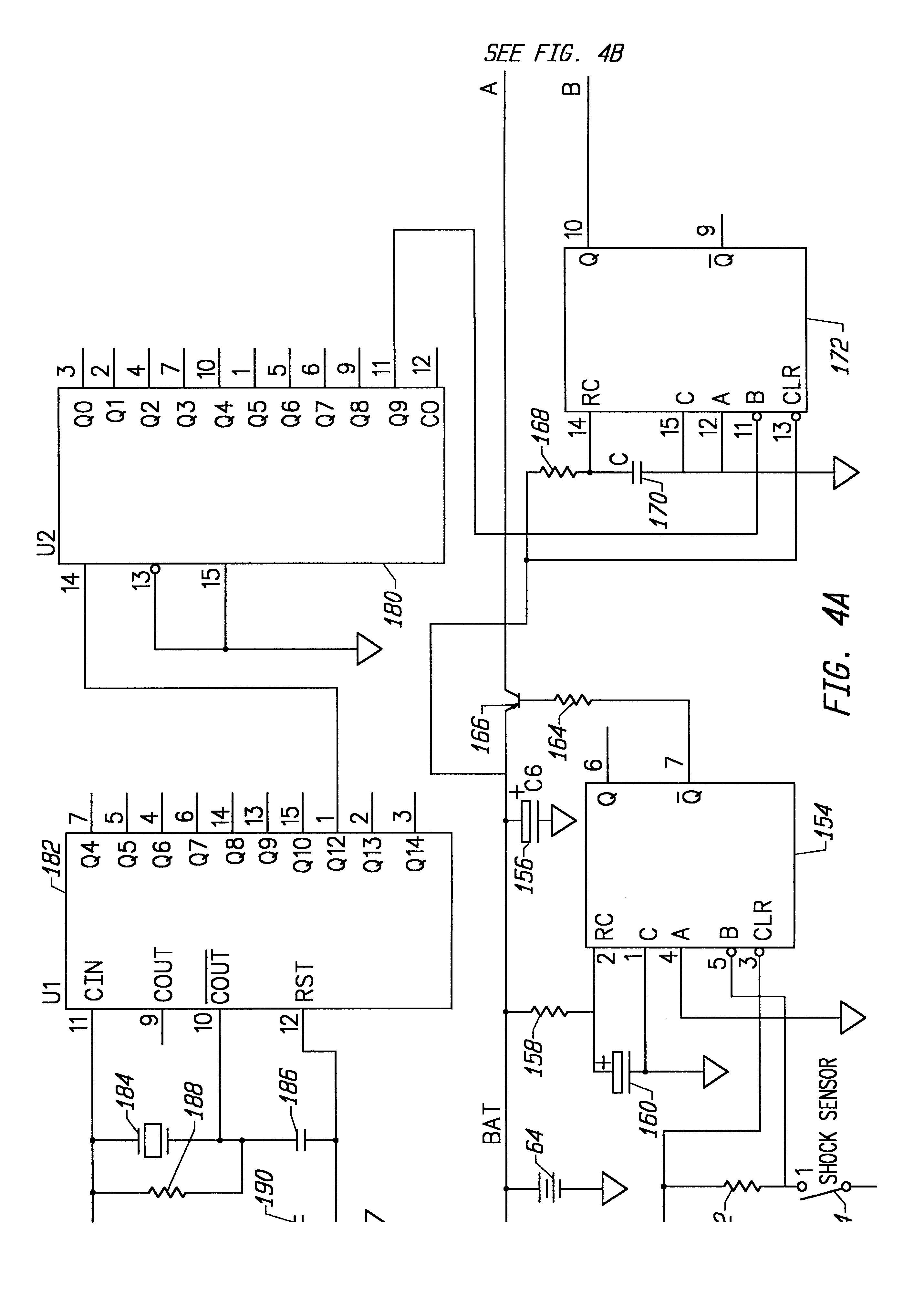Because of the size and speed of some objects and the distance of the television camera from the playing field, some objects at a sporting event are hard to see on a
television screen.
However, the limited
field of view of a zoomed camera prevents the object from being viewed in relation to the playing field and prevents the viewer from seeing other objects that are part of the sporting event.
Additionally, even with
zoom lenses some objects remain difficult to see on television.
As a result, it is difficult to follow the puck from player to player, and it is especially difficult to follow the puck as it is shot toward the goal.
Because viewers cannot follow the puck, they do not sustain interest in the game.
In golf and baseball it is hard to see the ball when the ball is hit in the air for a long distance (e.g. a home run in baseball or a tee shot in golf).
Such a view of the ball does not give the viewer a true perspective of the ball's path.
That is, the viewer cannot determine how far the ball was hit or where the ball is in the relation to the playing field.
However, such a zoom-out will make the ball difficult or impossible to see.
Other sporting events present similar
visibility problems.
In some systems, however, the superimposed
graphics can have the effect of hiding the actual image of the object which detracts from some viewer's enjoyment of the broadcast.
The
disadvantage of using two sensors in master and slave configuration is the additional cost and complexities of integrating a second sensor.
Many arenas do not allow photographers to use flashes on their cameras in order to prevent impairing the players' vision from random flashes.
Certain pixels are so dim that they cannot be valid data.
In performing the steps of sensing
infrared data, capturing video and enhancing a video frame, error can be introduced due to
distortion in the broadcast camera's lens and / or the sensor's lens.
The
radius should be big enough to allow the system to function, but small enough so that improper data is thrown out.
In reality, the motion of the camera point of view (POV) is much more complicated with offsets caused by the
kinematics of the tripod and the motion of the optical POV along the camera's
optical axis due to lens characteristics.
If the camera is behind the boards, then the boards will obstruct the camera's view of the puck.
However, the particular broadcast camera whose view is obstructed by the boards will not be able to see the puck.
Since these sensors are rigidly mounted, they cannot be panned and tilted.
If the system halts the
randomization process, then the system stops and reports the error to an operator.
By the term "mis-registered" is meant that something happens such that data from that sensor cannot be properly interpreted.
For example, the sensor could be bumped such that its orientation is changed and, therefore, matrix (J) can no longer be used to accurately transform data from the sensor.
Furthermore, during the live event there may not be access to the playing field (or ice) for registration purposes.
If a sensor is not being used, then it may be mis-registered.
That is, the sensor is still being operated and used to collect data; however, its data is not being used for its intended purpose.
Data is not saved for every frame because too much data will accumulate.
On the other hand, adding beacons to the hockey rink could be logistically difficult and costly.
For example, the wiring can be costly,
time consuming and annoying to the fans at the arena.
These breaks are considered to be part of the live event and, usually, are not long enough to perform the entire registration process.
Since there are no clusters from other
infrared sensors, a three dimensional location of the puck cannot be determined.
In the hockey application, the energy scattered from a conventional puck can be lost in all the undesired back scattered energy (
clutter) from the players, the rink, the building, etc.
 Login to View More
Login to View More  Login to View More
Login to View More 


